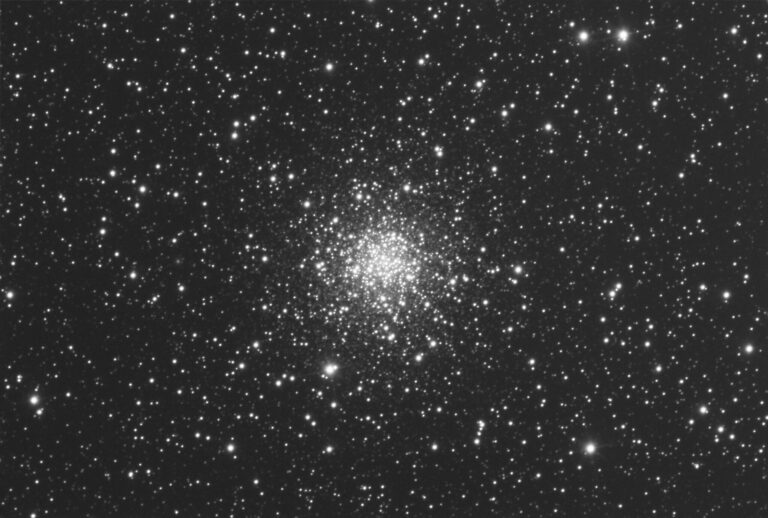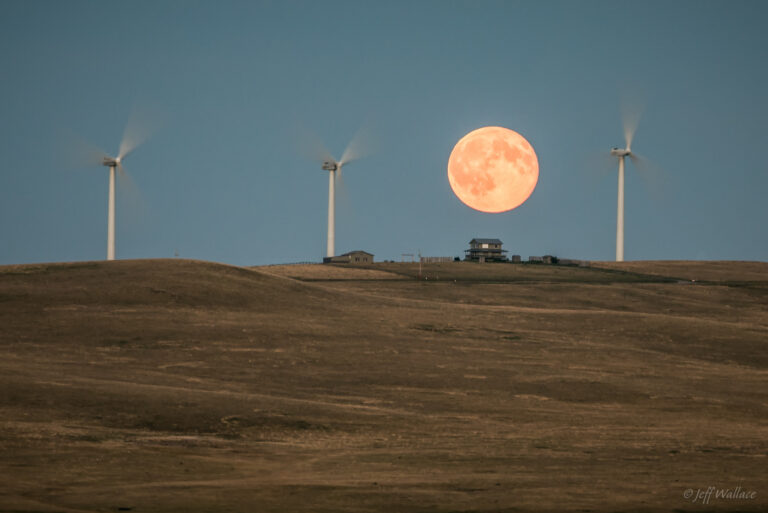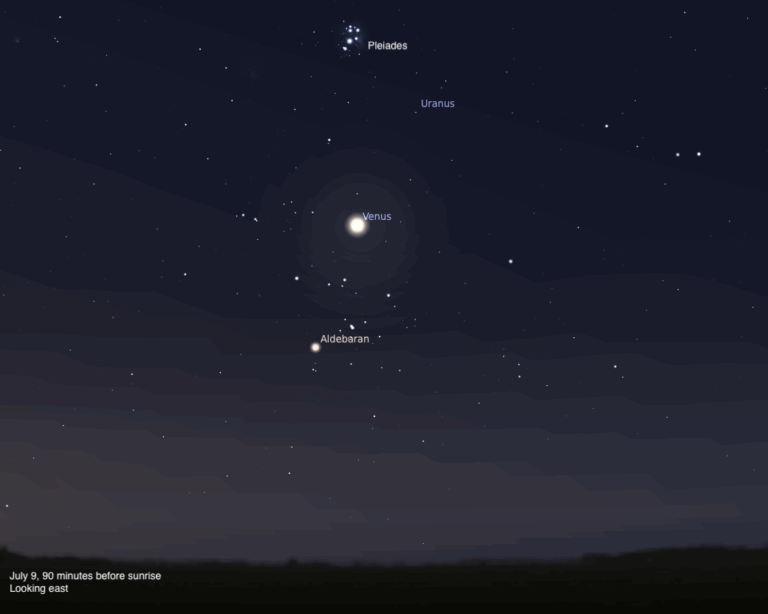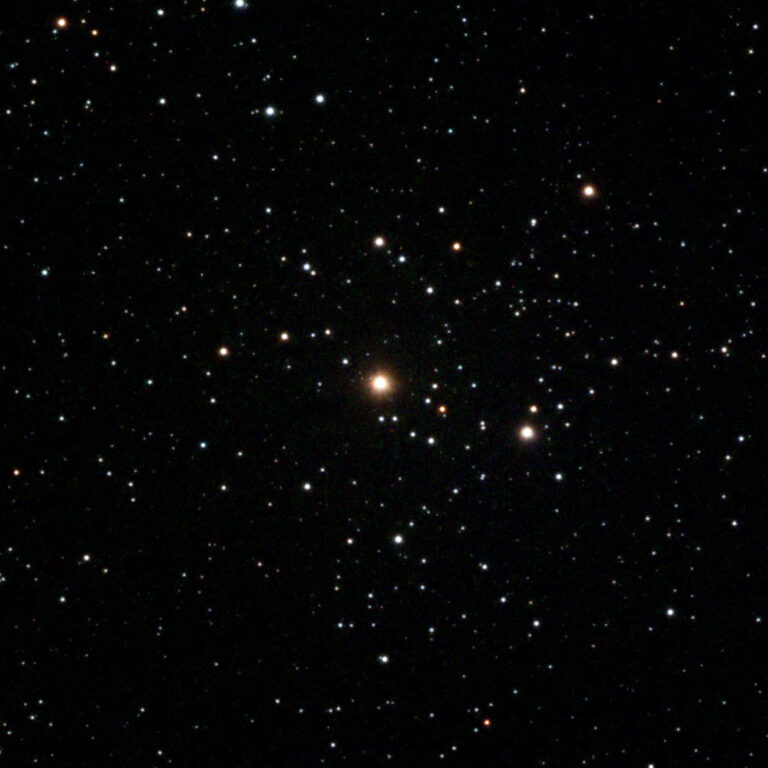Key Takeaways:
Conditions won’t be perfect this year, however. According to Astronomy magazine Senior Editor Michael Bakich, “A Last Quarter Moon shares the sky with this meteor shower, and the moonlight will drown out some faint meteors and render the bright ones a little less impressive.” The Moon appears only about 20° from the shower’s radiant (the spot from which the meteors appear to originate), which lies in the constellation Aquarius.
For those who live near 40° north latitude, the radiant rises in the east around 2:30 a.m. local daylight time and climbs about 15° high by 4 a.m. Morning twilight begins to interfere soon thereafter, so the best views should come around 4 o’clock. For observers closer to the equator or in the Southern Hemisphere, the radiant climbs much higher before dawn, so the shower could produce 40 meteors per hour.
These meteors began life as tiny specks of dust ejected by Halley’s Comet during its innumerable trips around the Sun. Over the eons, these particles spread out along the comet’s orbit. Every May, Earth runs through this stream of dust.
The particles hit Earth’s atmosphere at 148,000 mph (238,000 km/h), vaporizing from friction with the air and leaving behind the streaks of light we call meteors. All the dust particles burn up high in the atmosphere, some 50 miles (80 km) above the surface. None of the particles in any meteor shower is big enough to survive its trip through our atmosphere and reach the ground.
- At 148,000 mph (238,000 km/h), Eta Aquarid meteors are the second-fastest of any annual shower. Only the Leonids of November hit our atmosphere faster, at 159,000 mph (256,000 km/h).
- The Eta Aquarid meteor shower is one of two that derives from Comet Halley’s debris. The other is the Orionid shower, which peaks in October.
- Video: How to observe meteor showers
- StarDome: Locate the Eta Aquarid meteor shower’s radiant in your night sky with our interactive star chart.
- Sign up for our free weekly e-mail newsletter.











